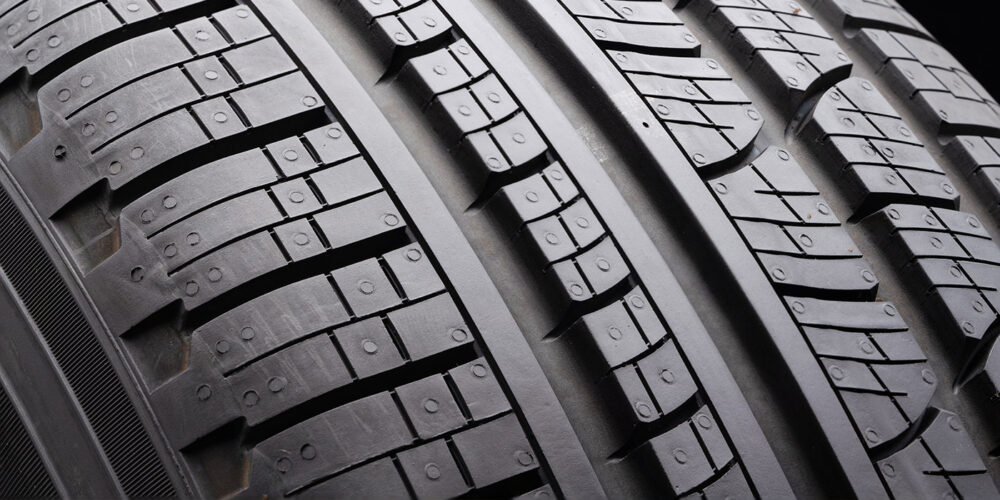ight passenger side because the right wheel is more apt to hit a curb than the left wheel.
CAMBER CLUES
Tire wear can also be affected by camber. Excessive camber loads one side of the tread more heavily than the other, resulting in uneven wear. Camber wear typically produces uneven wear on one side of the tire tread. If the inside of the tread is worn off, the wheel has too much negative camber. A worn outer tread indicates too much positive camber.
Camber can also affect directional stability. A vehicle will lead toward the side with the most camber. So always compare camber readings on both sides. More than half a degree difference can cause a steering pull.
If camber is off on one side only, a close encounter with a pothole or curb may have bent a spindle, control arm or strut. A shift in the position of a strut tower can cause the same thing. A shift in the position of a crossmember, on the other hand, will usually change camber on both sides. In MacPherson strut suspensions, the position of the upper strut tower is critical. Too far in and the wheel will have too much negative camber. Too far out and it will have too much positive camber. A bent strut or spindle can affect camber as can a bent control arm, a mislocated crossmember or an off-center engine cradle in a FWD car.
One way to identify hidden damage that may be affecting camber is to do a “jounce/rebound camber check.” Raise the suspension four inches and read camber on both sides. Then compress the suspension four inches and read the camber angles for both wheels again.
Different side-to-side camber readings with a jounce/rebound camber check usually indicates a bent strut that needs to be replaced or straightened. If the readings are the same, a check of the “steering axis inclination” (SAI) angle side-to-side should also be made.
SAI, THE DIAGNOSTIC ANGLE
SAI is a “built-in” angle that can help you detect all kinds of hidden damage. SAI is the angle of the steering axis and runs from the center of the upper ball joints or strut towers through the center of the lower ball joints. SAI should always be the same on both sides. A difference of more than a degree usually indicates a mispositioned strut tower, bent spindle or control arm.
It’s important to always check SAI even if no specs are provided because unequal SAI side-to-side (even if camber is within specs) can contribute to torque steer, brake pull during sudden stops and even bump steer. You can zero in on the hidden damage (a bent or mislocated strut, bent control arm and/or bent spindle) by comparing the SAI angle, camber reading and “included angle” (the angle between camber and SAI). See the above SAI diagnosis chart.
Here’s another way to check for strut problems. Loosen the two camber adjustment cam bolts on the strut (if provided), push the steering knuckles in as far as they’ll go toward negative camber and measure the distance between the strut and brake rotor on both sides. Then compare readings. If both distances are the same, you can rule out misalignment at the bottom end of the strut or a bent spindle. If they’re different, one of the struts is bent.
Bending a strut to “realign” the front end is no answer because you shouldn’t fix one problem by creating another. Bending a strut may bring camber back into range ‹ assuming the wheel isn’t off more than one and a half degrees (which is the maximum limit for bending any strut). But bending a perfectly good strut to compensate for misalignment elsewhere is going to create unequal camber changes side-to-side during jounce and rebound, which may create a bump-steer condition. There is also a risk of weakening the strut, which may lead to strut failure later.
To check for a bent strut shaft, loosen the large shaft nut at the top of each strut and rotate the shaft 360° while keeping an eye on the camber reading. If the shaft is bent, the top of the wheel will wobble in and out, and the camber reading will change as the shaft turns. No change in the camber reading means there’s nothing wrong with the strut. A strut with a bent shaft must be replaced. There’s no way to safely straighten this kind of damage because attempting to bend a hardened shaft will likely crack it.












